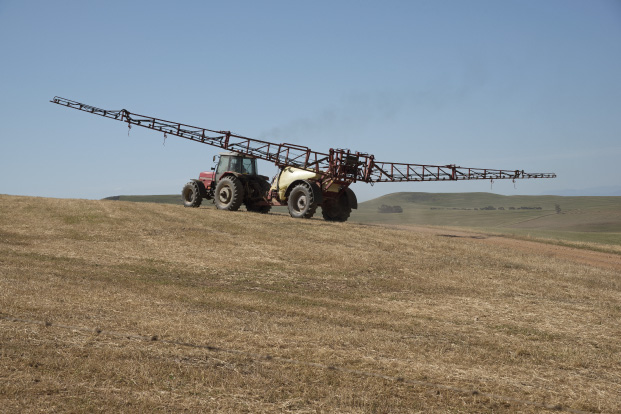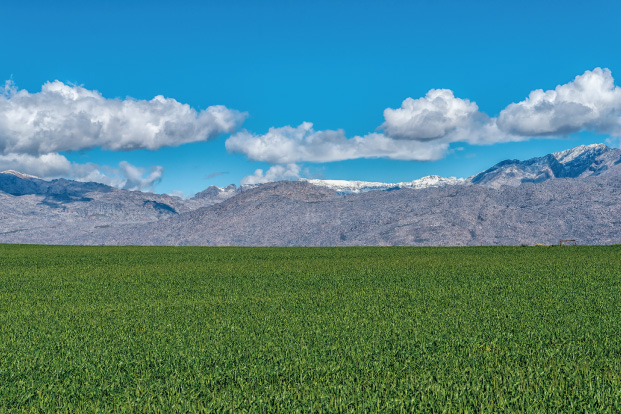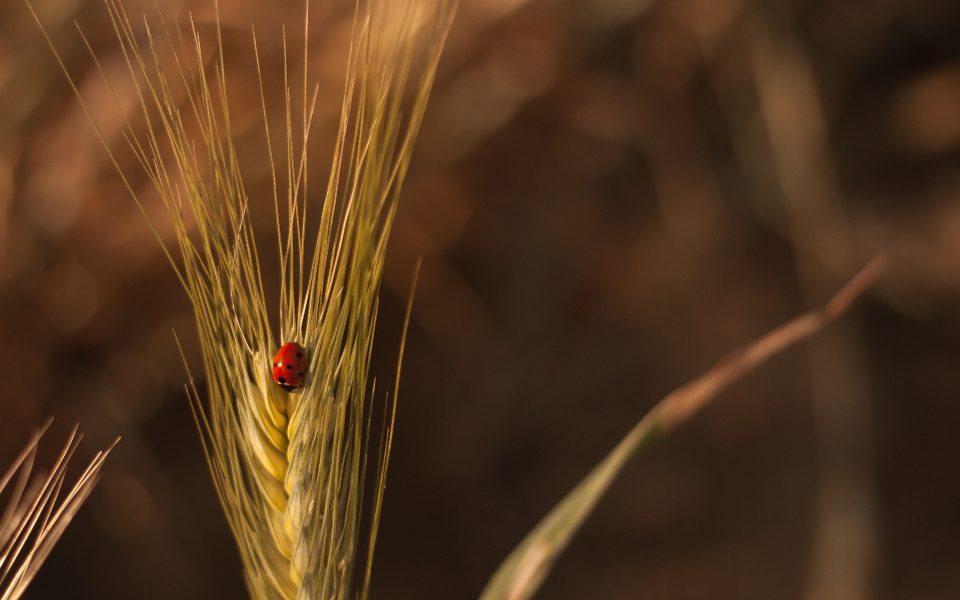Financial planning is crucial to sustainable production

Revisiting Southern Africa’s grain story after Cyclone Idai
April 16, 2019
Keep earthworms to improve soil quality
April 23, 2019
To weather the impact of market fluctuations and extreme climatic conditions, producers have to think strategically about farming. Pieter de Jager spoke to Glenneis Kriel about his strategy.
In the absence of subsidies and government protection, South African farmers have to be self-reliant to survive.
They cannot simply plant a crop and hope for the best; they need to plan production carefully to ride out the highs and the lows associated with agricultural production.
For Pieter de Jager who farms in partnership with his brother, André, near Albertinia in the Southern Cape region, this survival strategy starts with sound financial planning: he and his brother draw up an annual budget for each farm division to alleviate the impact of unforeseen events.
“It will not only help guide your financial decisions, but ensure a healthy cash flow, which is especially important when farming with a highly seasonal commodity, such as wheat,” he says.
Money is budgeted every year for new equipment and machinery. “We can’t afford a mechanical breakdown during a critical time, so every year or two we replace at least one of our 30 machines, from bakkies to harvesters, sprayers and planters.”According to De Jager, sound financial planning should be the cornerstone of any farming operation.
Record-keeping
The budget is adjusted regularly throughout the financial year to accommodate actual expenditure and income. A strict record is kept of income and expenditure.
“Information has to be structured in a way that reveals what is happening in terms of the farm’s profitability as a whole, but also for each farming division and camp,” he says.
To do this, De Jager has been using the Australian computer program, PAM, since 2011. It cost R10 000 at the time, and was an excellent investment due to the insights on farm profitability that it generates.
The costs of individual actions, such as mechanical operations and specific chemical or fertiliser applications, are analysed per hectare per hour for camps and the farm as a whole. The information is entered manually every three days.
Some of the inputs can nevertheless be made on an app while in the field.
“The program allows me to keep track of the daily expenditure and income of each camp and compare the profitability of a camp in different years and against other specific camps as well as the camps taken together,” he explains.
“Annual results are also compared with long-term results so I can keep track of the farm’s performance.”
Drought has been a constant threat in the region, and data gathered during dry years gave them an indication of how well they coped with these conditions in comparison with previous years. It has also helped guide their future drought alleviation strategies.
Click here to view the full article: farmersweekly.co.za



